The Washoe Theater in Anaconda Is One of the Most Beautiful Cinemas In the West
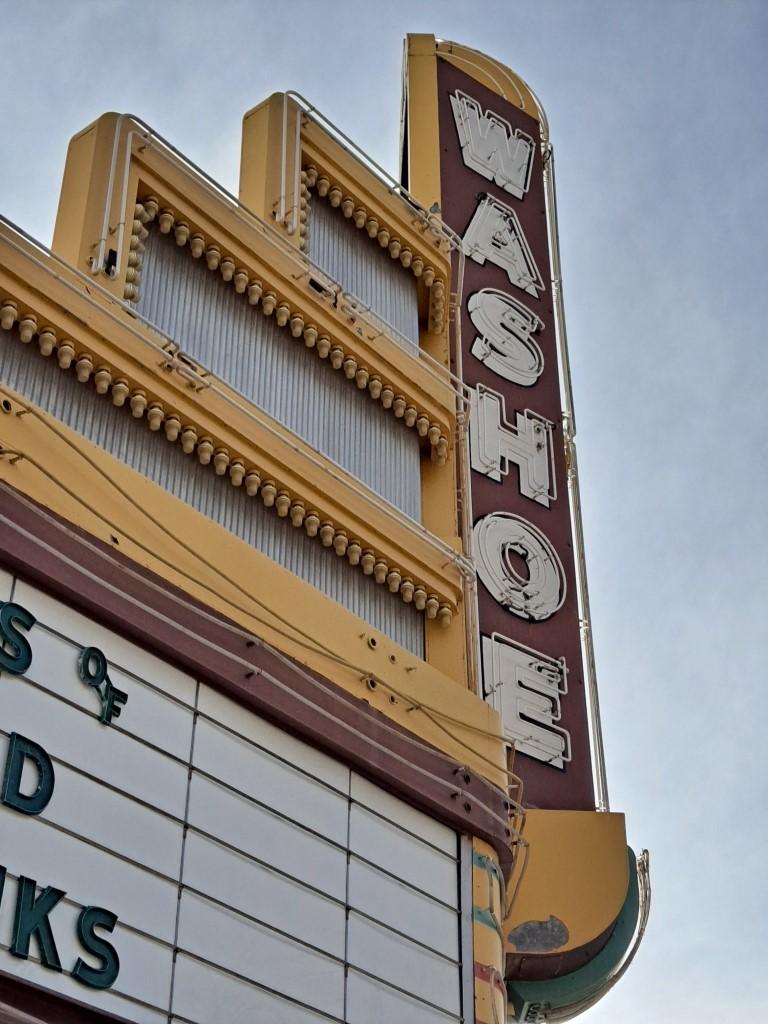
Before cinemas were reduced to a series of drab grey boxes with "stadium seating," going to the movies used to be a way of going to another world. You left the mundane trappings of your home behind and stepped into opulence that, more often than not, outshone even the film you were seeing. It was the age of movie palaces.
The first was perhaps the Hoblitzelle Majestic Theatre in Houston, TX. Another early example was the Regent Palace, built in Harlem, followed by the Strand Theater in Broadway. There was also Sid Grauman's legendary Chinese and Egyptian theaters in California. The construction of such palaces would decline following the end of World War II, as television and radio, as well as American's changing film-going habits changed the field. In many cases, they were temporarily replaced with drive-ins, places where teenagers could park in the relative privacy of their own automobiles. While they were presumably watching the film, anecdotal evidence suggests that there may have been other priorities. Today, even the drive-in is nearly extinct, though the shifting exigencies of the era of Covid has brought them back somewhat.
But not all the movie palaces have gone - one particular treasure remains in the unlikely setting of Anaconda, MT. It's an astonishingly beautiful theater - ranked as the fifth in the county for architectural splendor by the Smithsonian - and you can still see films there today, although you might well find your eyes wandering away from the film to better inspect the amazing interior decoration.
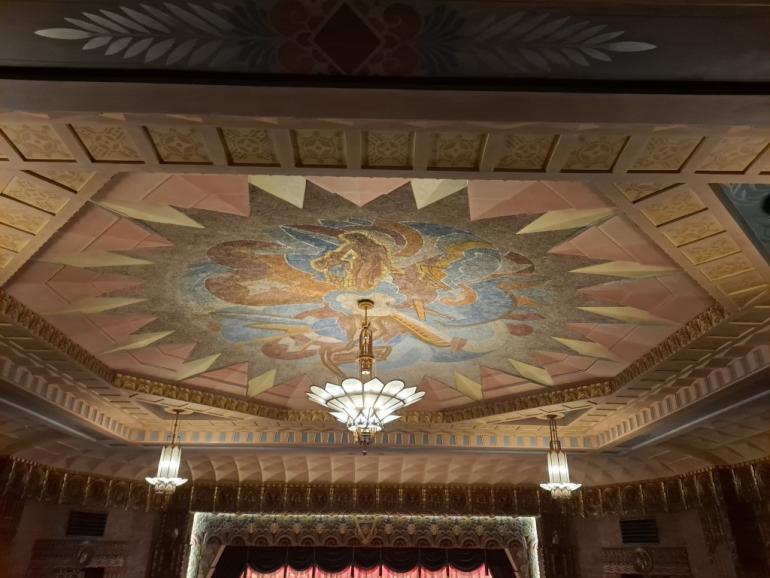
The Washoe was built on the site of two previous theaters which were themselves impressive buildings: the Margaret Theater, built in 1897 and named after Marcus Daly's wife, and the Sundial Theater, the name given to the Margaret's extensive redesign in 1929. The Sundial would burn to the ground that same year. The Washoe Amusement Company was formed shortly thereafter, and began to plan for a replacement.
Designed by the architect B. Marcus Priteca, who also designed such legendary theaters as the Pantages theaters in Seattle and San Diego, the Orpheum in San Francisco and the Warner in Huntington Park, CA. His ornate plan for the Washoe would make it the last theater in the United States designed in the "Nouveau Deco" style, a combination of the modernist Art Deco and the more organic Art Nouveau styes. It features a balcony, as well, and today you can sit there for a mere .50 cent upcharge, collected just after the lights come down.
From the outside, it is a largely unassuming box, it's beautiful marquee notwithstanding. But inside, owing to the interior design of famous Hollywood designer Nat Smythe, are a series of painted murals, eight shades of gold leaf and burnished gold on the relief elements. The murals were completed by three experts working painstakingly to recreate Smythe's watercolor designs, while the other decorative elements were completed by the Painters Local of Anaconda under Smythe's supervision. This being Anaconda, there were many pieces of copper in the relief work, and carved ram's heads adorn the walls. On the roof, among dramatic deco chandeliers, is another large mural.
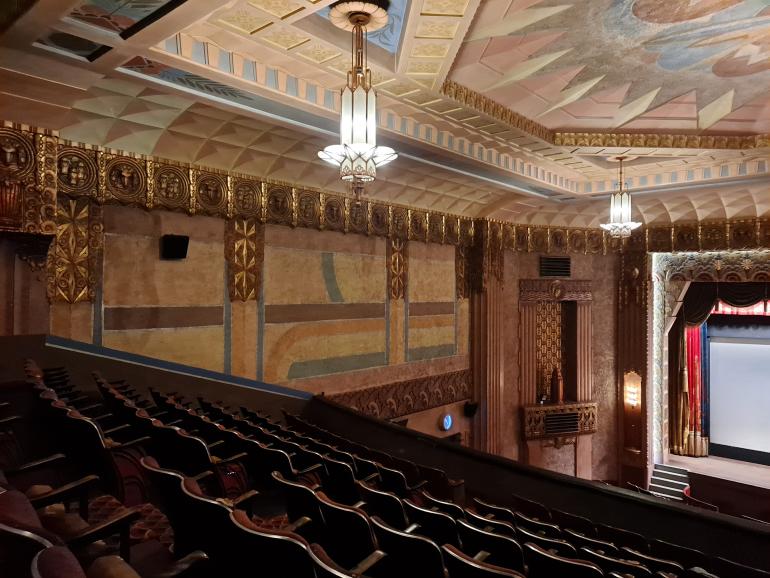
The theater was supposed to have been finished in 1931, but the lean times of the Great Depression pushed its completion back to 1936. Its construction cost $200,000 at the time, which, adjusted for inflation, is $3,405,407 in today's dollars.
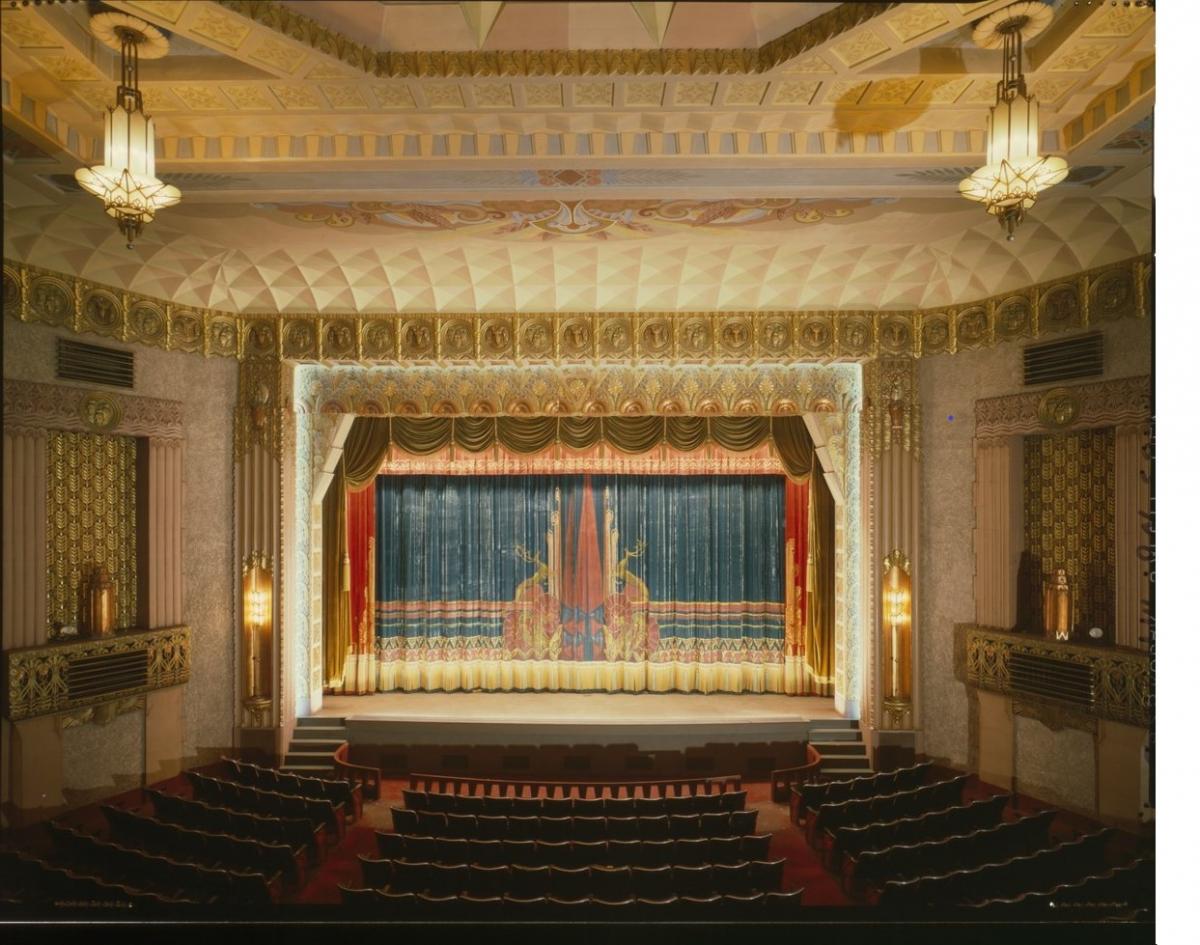
Sadly, one of the theater's most beautiful pieces of decoration can't be seen in its totality today: the silk curtain in front of the screen itself is also a mural depicting stags among other decorative elements. Due to its age and fragility, there is concern that if the curtain was unfurled - let alone taken down - it would fall to pieces. At the time of its opening, the theater was not just an architectural marvel, but a technological one as well. In addition to having been designed to have perfect acoustics, it was also outfitted with the then-cutting-edge "Mirror-phonic Sound." The system was designed by Western Electric and consisted of a projector sound head, amplifiers, cellular horn and speakers. The system debuted in America in 1935-6, the year the Washoe opened. It was one of the first high-fidelity audio systems ever invented for film, and there's no doubt it would have been an overwhelming experience for contemporary audiences in Anaconda.
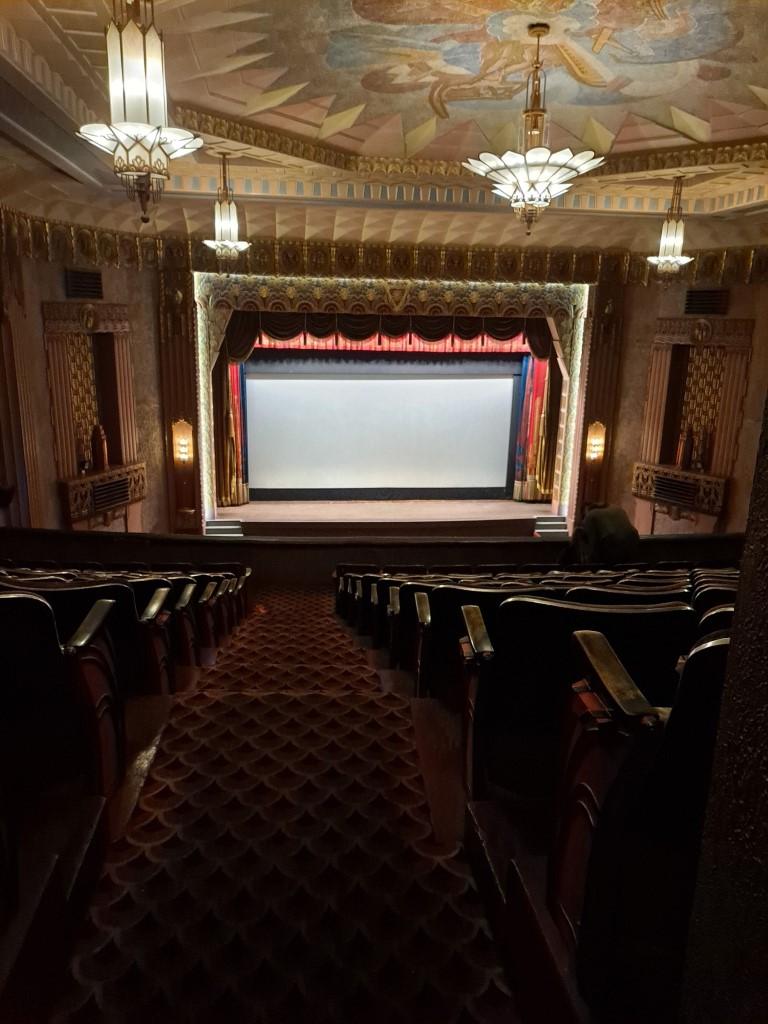
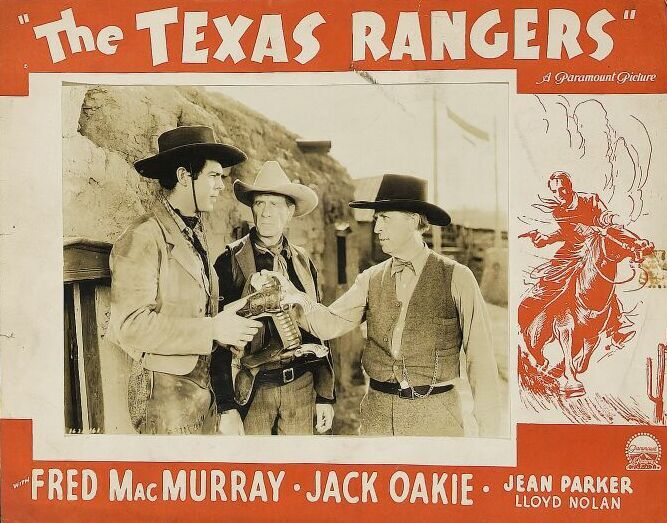 Fittingly enough, the very first film ever exhibited in the theater was a Western: 1936's The Texas Rangers, starring Fred MacMurray, Jack Oakie, and George "Gabby" Hayes and directed by the great King Vidor. The film would be nominated for Best Sound Recording at the 1937 Oscars, allowing that expensive audio system to reproduce, with startling accuracy, plenty of gunshots, bugles, and horse whinnies. And this robust entertainment could be had for a mere 35 cents.
Fittingly enough, the very first film ever exhibited in the theater was a Western: 1936's The Texas Rangers, starring Fred MacMurray, Jack Oakie, and George "Gabby" Hayes and directed by the great King Vidor. The film would be nominated for Best Sound Recording at the 1937 Oscars, allowing that expensive audio system to reproduce, with startling accuracy, plenty of gunshots, bugles, and horse whinnies. And this robust entertainment could be had for a mere 35 cents.
Today, the Washoe Amusement Company still owns the theater, and still shows movies seven days a week. For my part, I saw something called Monster Hunter there, and though the bombastic battles between monsters and monster hunters were plenty diverting, I was a great deal more charmed by the building itself, its stunning interior, murals, detailed relief work, carvings, and paintings. To tell you the truth, I paid to see Monster Hunter again several nights later, and though I'm no more sure whether the monsters or monster hunters won, I took the opportunity to explore more of the theater, to get as close as possible to the paintings and to what parts of the silk curtain are visible. In short, I went to drink it in.
One of the experiences universal to those who love going to the cinema is of emerging from the theater, blinking, and feeling as if you'd somehow woken up from a dream. The best movies, and the best theaters, make that feeling even more pronounced; you suspect, perhaps, that the dream was more real, and more vivid, than the humdrum, sublunary world into which you emerge.
Stepping out of theater and into a brisk Anaconda night is like that. If you're like me, you start thinking of when you might go back before you've even gotten to your car.
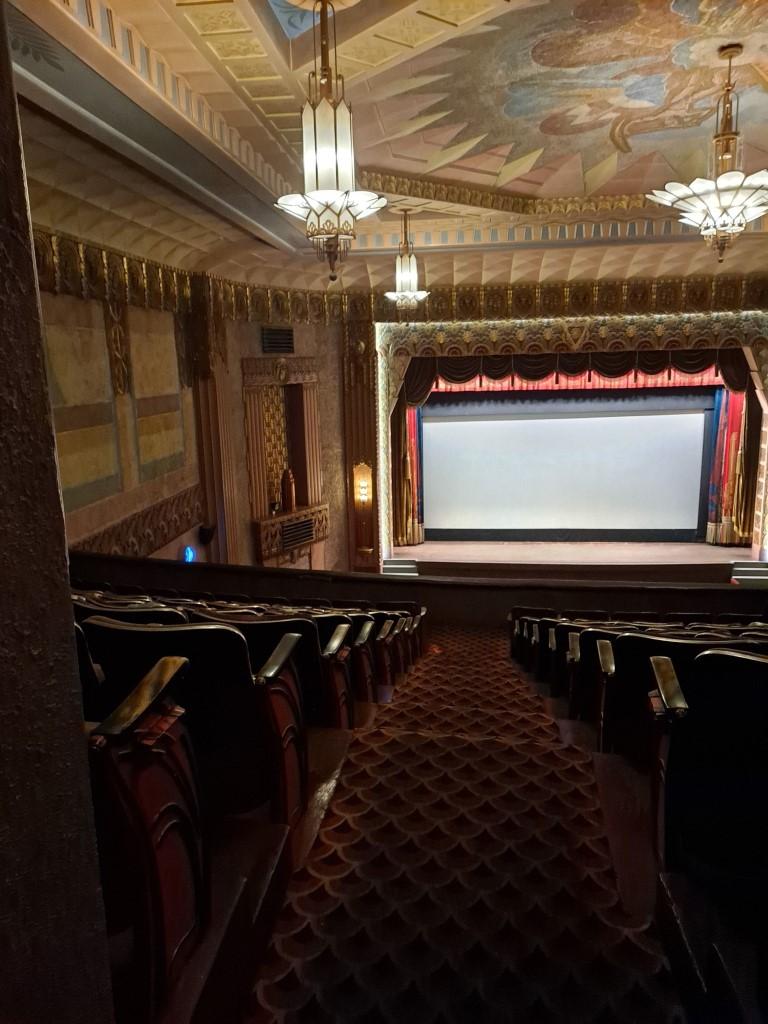
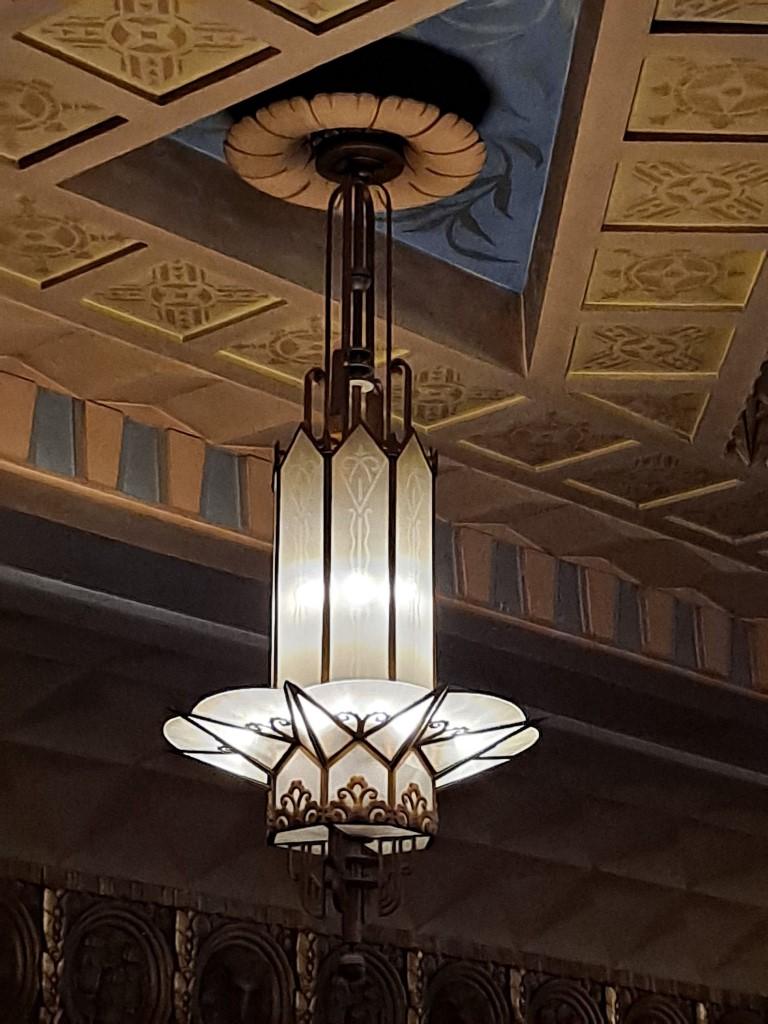
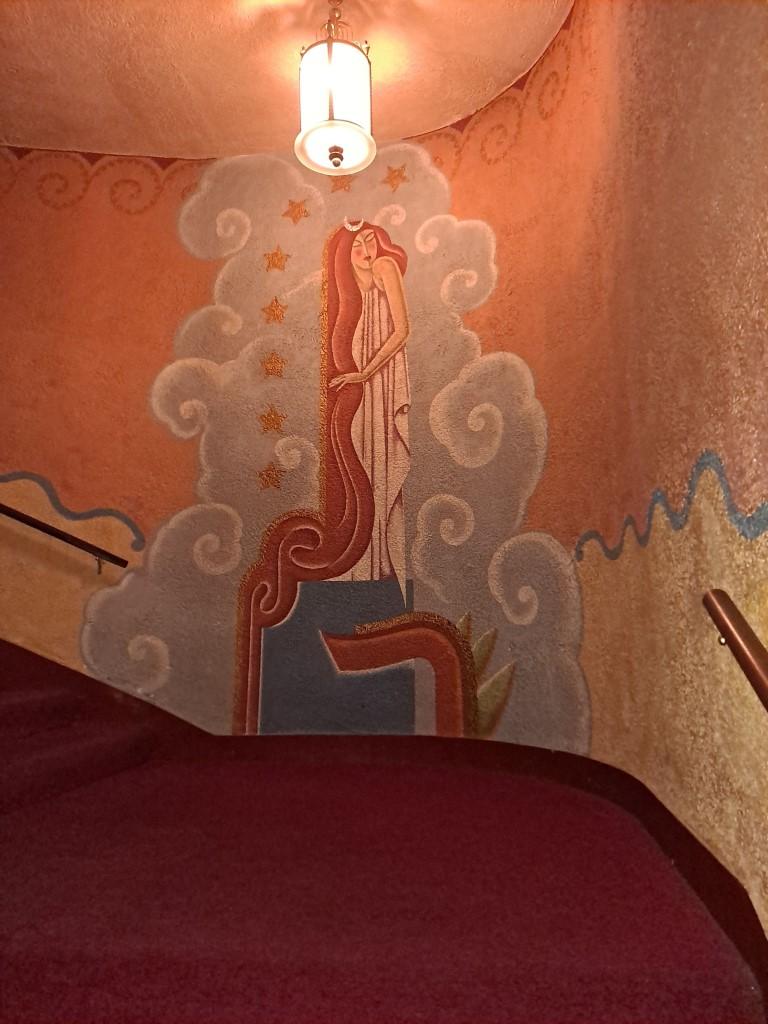
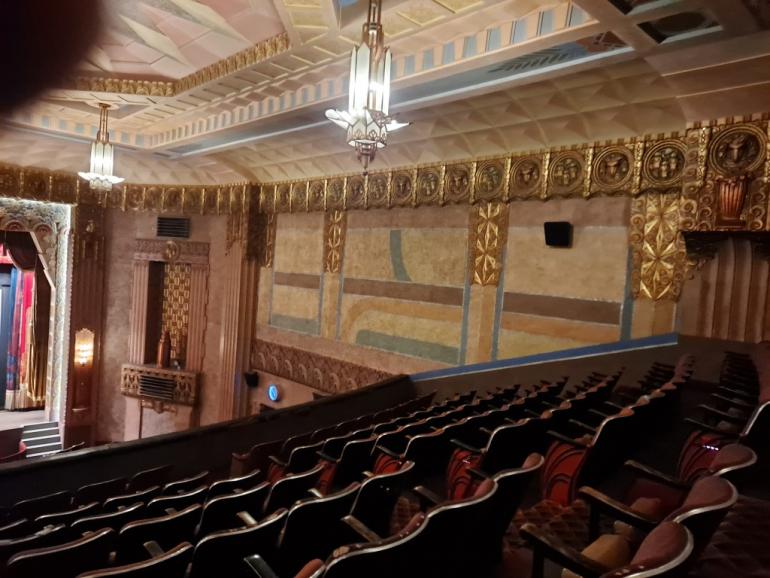
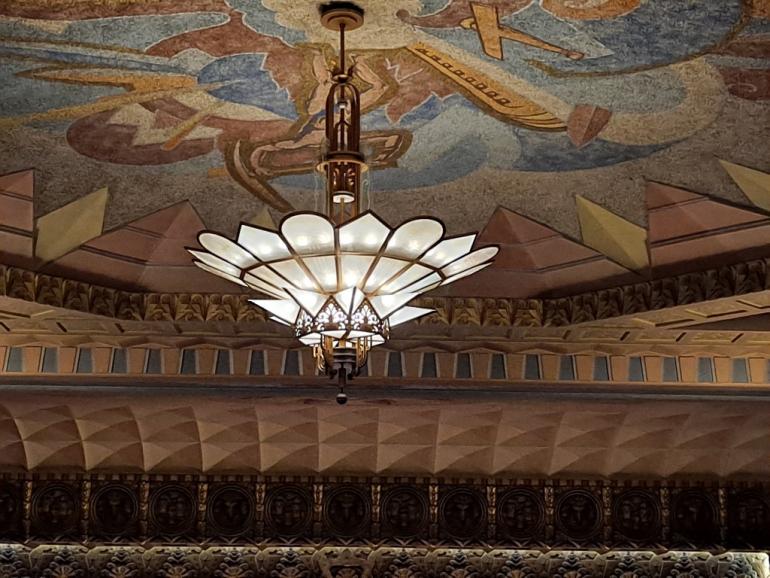
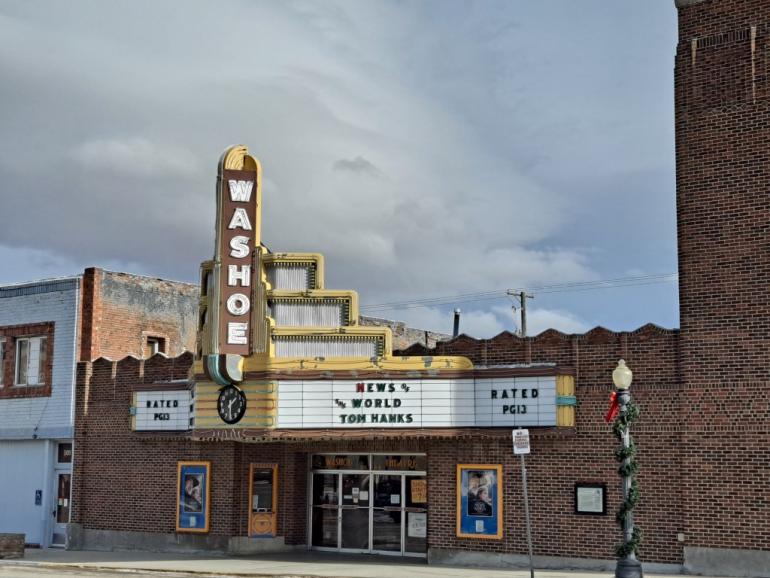
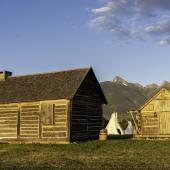

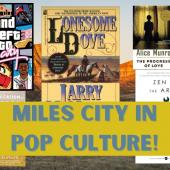
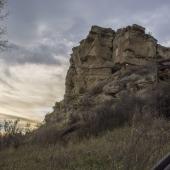
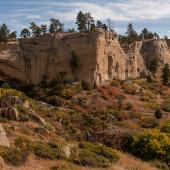

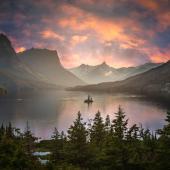
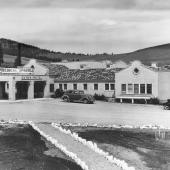
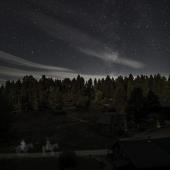
- Reply
Permalink